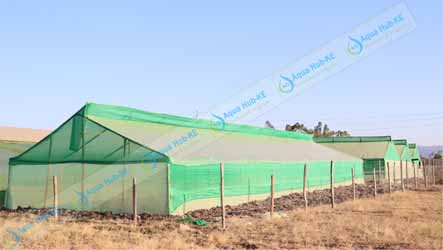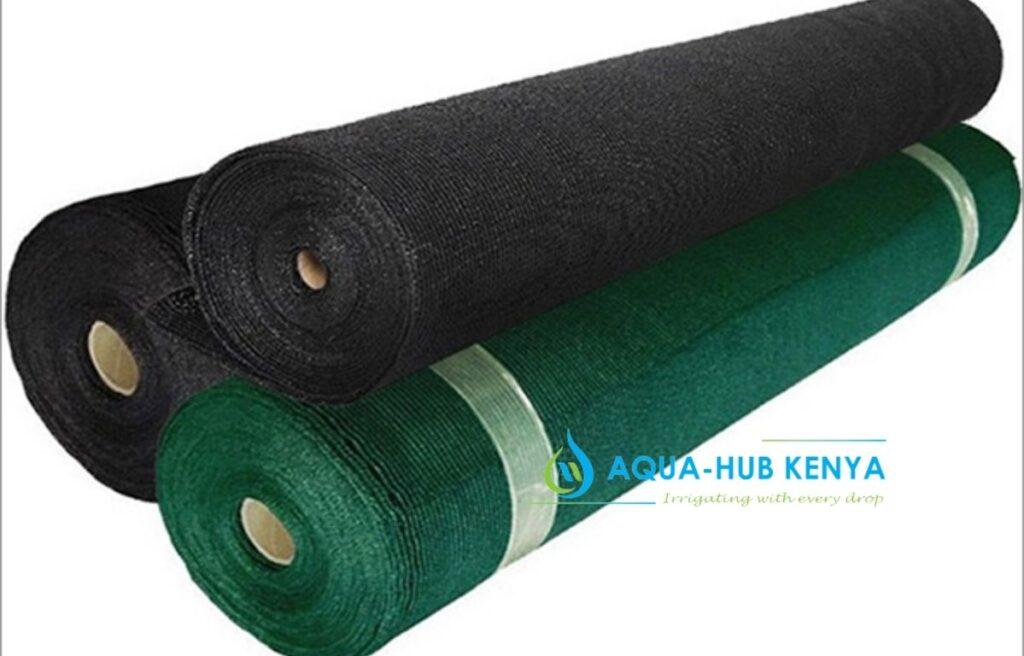Greenhouse costs and size

What are the greenhouse costs and size? Greenhouses cost between Ksh. 150,000 and Ksh. 600,000, depending on size and quality of construction. The price of a greenhouse rises with its size. If you’re a farmer, you’ve certainly thought of creating your own greenhouse at some point, thus this is a question you’ve always wondered about. Aqua Hub Kenya offers high-quality, low-cost greenhouses. Our greenhouses are made of either wood or aluminum. The material used to construct a greenhouse will affect its cost. Steel greenhouses, for example, cost more to construct and install than wood greenhouses. Aqua Hub Kenya provides the greatest and most affordable greenhouses.
What are the costs of greenhouse?
Greenhouse prices in Kenya vary depending on size and construction material. Our greenhouse prices vary based on the type of greenhouse, the size of the greenhouse, and any other services desired. The costs of wooden greenhouses differ from those of metallic greenhouses.
How much do metallic greenhouses cost? Metallic greenhouses cost between Ksh. 150,000 and Ksh. 600,000 depending on size and quality.
| Greenhouse Size | Estimated Crop Population | Cost of Construction |
| ( 8 x 15 ) Meters | 450- 500 | 240,000 |
| ( 8 x 24 ) Meters | 700-800 | 270,000 |
| ( 8 x 30) Meters | 1000-1200 | 365,000 |
| (16x 30) Meters | 1500- 2000 | 700,000 |
How much do wooden greenhouses cost? Depending on size and quality, wooden greenhouses can cost anywhere from Ksh. 165,000 to Ksh. 390,000.
| Greenhouse Size | Estimated Crop Population | Cost of Construction |
| (8 x 15) Meters | 450- 500 | 165,000 |
| (8 x 24) Meters | 700-800 | 180,000 |
| (8 x 30) Meters | 1000-1200 | 240,000 |
| (8 x 45) Meters | 1500- 2000 | 390,000 |
What are the factors determining greenhouse costs and size?
Since green homes are designed to increase the farmer’s income, it is imperative that the farmer understand how to handle the project’s finances. You should be informed of the costs you’ll have to incur. Others will give the whole cost including all of those products, while some vendors will only quote the price of the greenhouse itself, leaving out additional necessities like the water tank, drip lines, and seeds. If you’re a farmer looking to save money, you should choose the provider who provides a detailed price in order to avoid paying additional fees and for the rest of the necessary equipment.
The seller must disclose the installation information, including whether installation is extra or included in the price of the after-sales services. Before choosing a provider, young and inexperienced farmers should take technical support into account. Some vendors will provide the framework and direct you to other vendors that can provide the materials for a reasonable price. You can get all the information you need for the greenhouse from Aqua Hub. Additionally, we offer guidance on all the factors you should take into account before making a purchase.
Which groups are suitable for greenhouse farming?
You should plant high-yielding crops with significant economic value and long-term market demand, since greenhouse-produced greens are pricey. The most typical application of greenhouses is for the commercial cultivation of crops like tomatoes. In greenhouses, it is typical to grow transplants, flowers, vegetables, and fruits. These are also capable of growing uncommon greenhouse strains.
Profitability of greenhouses is affected by the market, the environment, the work force, and the availability of raw materials. Popular Greenhouse Crops for the Production of Flowering and Vegetables:
Strawberry, Exotic Vegetable, Cucumber, Colored Capsicum, and Tomato are among the fruits and vegetables. Alstroemeria, Gerbera, Dutch Rose, Carnations, Lilies, Anthurium, Gypsophila, and Orchids are examples of floral plants.
What are the benefits of greenhouse farming?
The unpredictable nature of the weather makes cultivating plants outside one of the most challenging tasks. If it doesn’t rain at crucial points in the plant’s life cycle, farmers will lose money. Drip irrigation, an alternative agricultural technique that we shall examine as the second technology, is used in greenhouses to stop this. The fact that 40% of Kenya’s land is dry for a large portion of the year makes outdoor farming extremely challenging. Then, farmers decide on greenhouses equipped with drip watering.
Farmers turn to greenhouse farming as a remedy since it gets rid of pests and makes maintenance easier. The potential for disease and insect infestation is another justification for greenhouse farming. Insects of numerous varieties, such as aphids, white flies, moths, spiders, and others, are common in Kenyan ecosystems. Low yields and subpar quality are produced by these insects, which are unhealthy for the plant.
Aqua Hub Kenya offers the best and most economical Greenhouse at affordable prices. We provide both metallic and wooden greenhouses. We also offer tips on best greenhouses practices that farmers should adopt. For more details, contact: NAIROBI: 0790719020 | ELDORET: Get Quote











